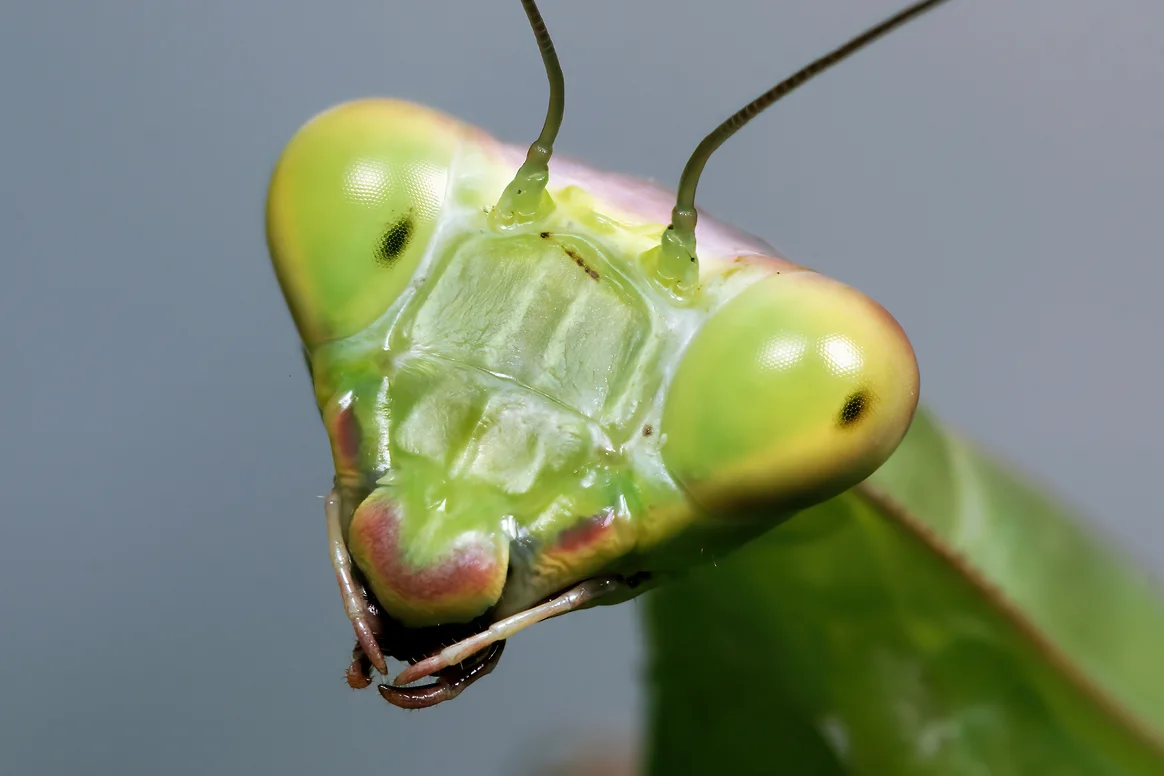
It would seem that fewer mosquitoes and flies are only a plus. But in fact, this is a serious threat to ecosystems and even to you and me. Why are insects disappearing and what is the danger? Kommersant discussed this with Konstantin Gongalsky, Doctor of Biological Sciences, Deputy Director for Science at the A.N. Severtsov Institute of Ecology and Evolution of the Russian Academy of Sciences.
— Is there really a risk that one day children will not understand a single line from the song “Mosquito go away”? Are insects really disappearing?
— When we interned at the Zvenigorod Biological Station of Moscow State University in the mid-1990s — I am an entomologist by education — we saw a huge number of different insects in the floodplain of the Moscow River. For example, large barbels, green and bright, were common there. And now I come with students at the same time, in early June, and there are none. Over 30 years of my observations alone, colossal changes are visible.
— This is personal experience, but is there any scientific evidence to support this?
— An analysis of long-term studies shows that the number of land insects in the world is indeed declining. On average, the global decline is 0.92% per year, which is approximately 24% over 30 years. This is according to the results of the largest study to date on changes in insect numbers, published in the journal Science. It included 1,676 points around the world. A continuation of this work was published in the journal Nature, where it is shown that mainly mass species are disappearing.
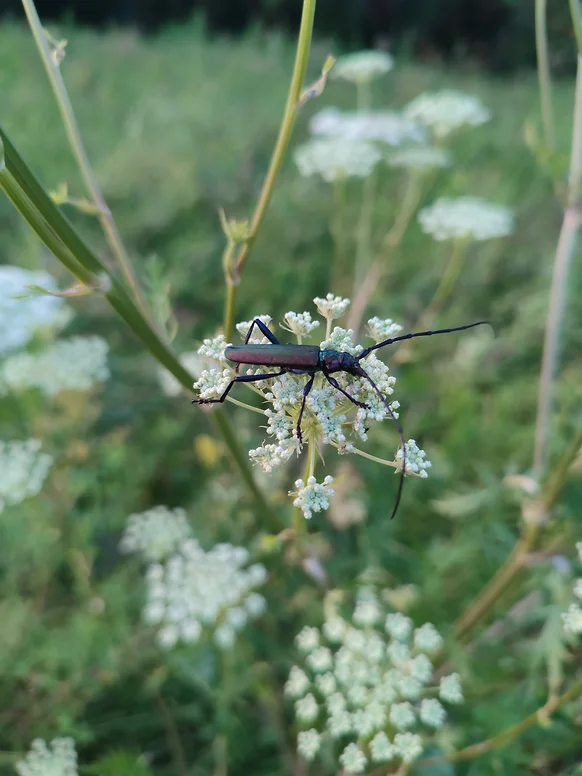
— Why is this happening?
— There are many reasons. The main factor is the degradation of ecosystems. We are converting more and more land into urban development and agricultural land, using a huge amount of chemicals on them. The second important factor is chemical pollution from industrial enterprises and transport. Heavy metals accumulate, that is, an ever-increasing level of toxic load on the ecosystem is achieved.
The amount of chemicals that people pour into nature is off the scale. Each of us is trying to protect ourselves from unpleasant insects. The industry produces repellents by tens of thousands of tons. All of them are washed into the soil, get on vegetation. And while they repel ticks and mosquitoes from us, it causes a negative effect on nature. Just the other day, an article was published about the fact that the repellents that people use on dogs are one of the main factors contributing to the disappearance of birds in city parks.
Light pollution is also very critical for insects. Recently there was news that Moscow was among the top three cities in the world in terms of artificial lighting. When you drive, for example, on the metro bridge at the Vorobyovy Gory station in Moscow, you can see how illuminated the park is.
Every path is illuminated, multi-colored lanterns hang in the forest. Insects fly towards the light, lose orientation, fall to the ground and die.
There are studies that show that cities work like exhaust pumps that filter insects out of the environment, and in gigantic quantities. In Germany, for example, about 100 billion insects die from artificial lighting in one summer.
— Can we say that some groups of insects suffer especially badly?
— Hymenoptera and butterflies are very vulnerable. In general, this largely depends on where they feed and what food objects they have. So, due to the fact that flowering plants, mainly meadows, disappear, bumblebees and bees do not find a place to feed and die. Wild bees are currently attracting the closest attention of ecologists because they play a very important role in the ecosystem, and they are disappearing at a tremendous rate. The number of ants is also decreasing very sharply. In one of the latest issues of the journal Science there was an article about the decrease in the number of butterflies in the USA in the 21st century alone by 22%. And these processes are happening in all countries, including ours.
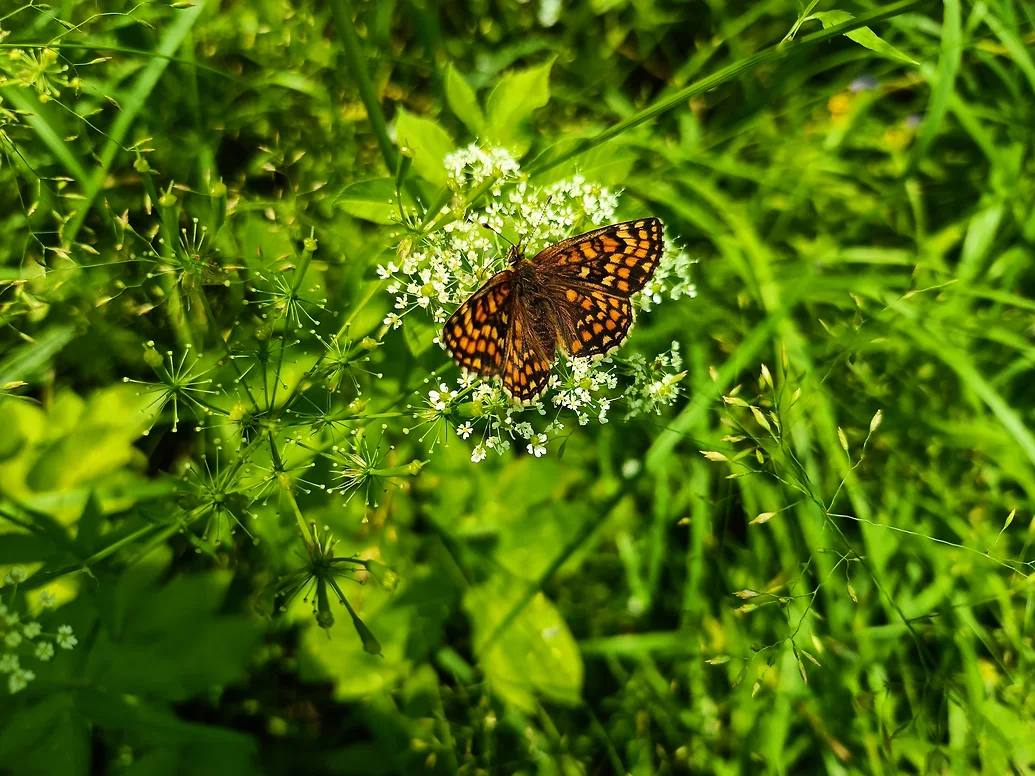
— Okay, so there will be fewer mosquitoes and flies — what's wrong with that?
— Insects are organisms that perform many functions in nature. Pollination of a very large number of plants occurs through insects. In addition to the fact that we get honey as a product, insects pollinate many plants, supporting their reproduction process. There is a very high level of symbiosis. For example, only a certain type of bumblebee pollinates labiate plants. If there are no such bumblebees, there will be no plants.
Many insectivorous birds do not find enough resources for food. And their numbers are also decreasing.
The processes of organic decomposition are also largely associated with insects. Insect larvae spend their lives in the soil, decompose plant litter and support the cycle of elements in ecosystems, that is, they return carbon in the form of carbon dioxide back to the atmosphere, and nutrients to the soil, increasing their fertility. In general, if you take any ecosystem function and start to analyze it, then at some point insects will definitely make an appearance.
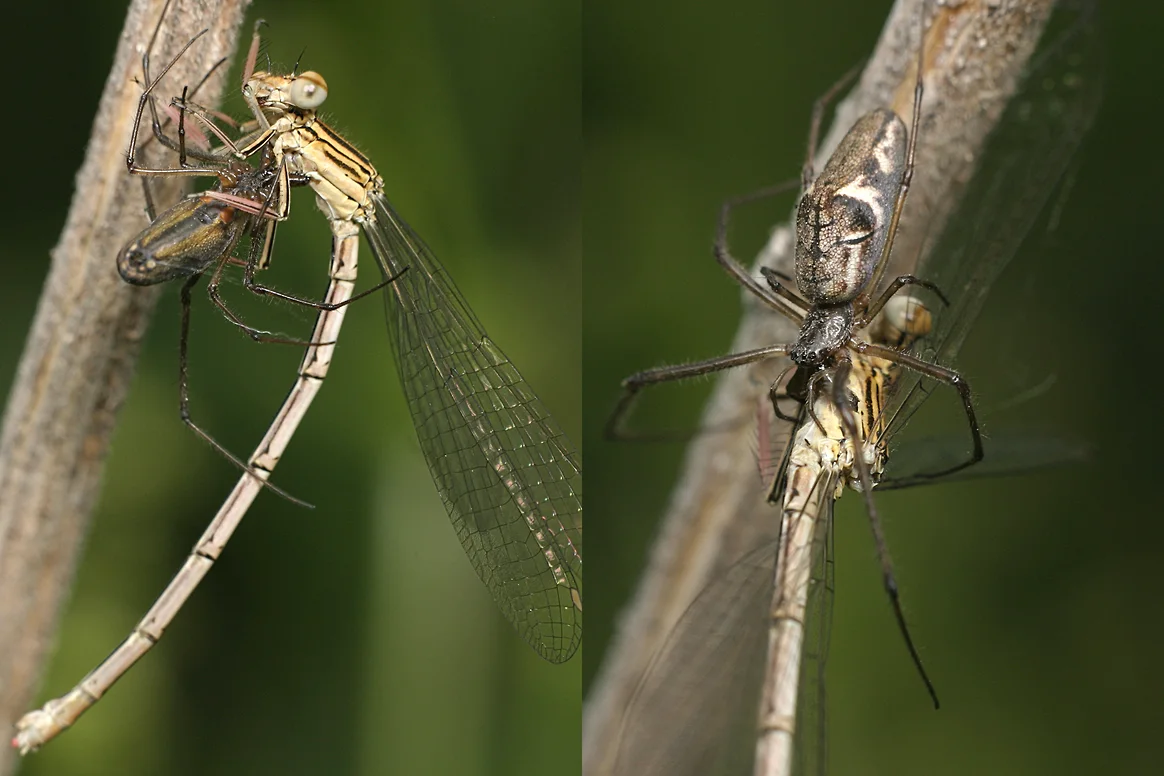
— What will happen if, say, all ants disappear?
— There is such a cliche about them: "Ants are the orderlies of the forest." In addition to the fact that they live on the surface, they also control outbreaks of parasites that harm trees. Ants also participate in the processes of transferring and transforming litter and in general in the entire ecosystem cycle. But mainly, of course, this is a phytosanitary function.
— Let's talk about mosquitoes and flies? It is clear that birds feed on them, frogs love them. And is there anything useful for the ecosystem in them?
— From my point of view, this is already enough for their significance. But many of them also perform the functions of transferring some substances. Some even turn out to be useful for humans from a completely unexpected side. For example, there is such a popular fly - the black soldier fly. It was recently added to the list of agricultural animals. Now there are regulations on how to grow the black soldier fly. This is a fly that is used to process, for example, food industry waste when it cannot be sorted. There are now large factories for growing black soldier flies on industrial waste. Its larvae grow quickly on cleanings, gain biomass, they are sorted and used to produce protein flour, which contains many nutrients. This type of insect was studied because it was found to have useful properties, it is now actively used. But many insects may disappear before we learn anything useful about them.

— Any other examples?
— My former classmate recently told me: "I work on your beetles, the ones that you collected." We are talking about a common forest beetle that lives in mushrooms. It was discovered that the extract from it contains proteins that can help treat Parkinson's disease. Laboratory mice, on which this is tested, show good dynamics in treatment. So until we sort out many potential suppliers of substances that are valuable to us, we often will not appreciate the role of biodiversity at all.
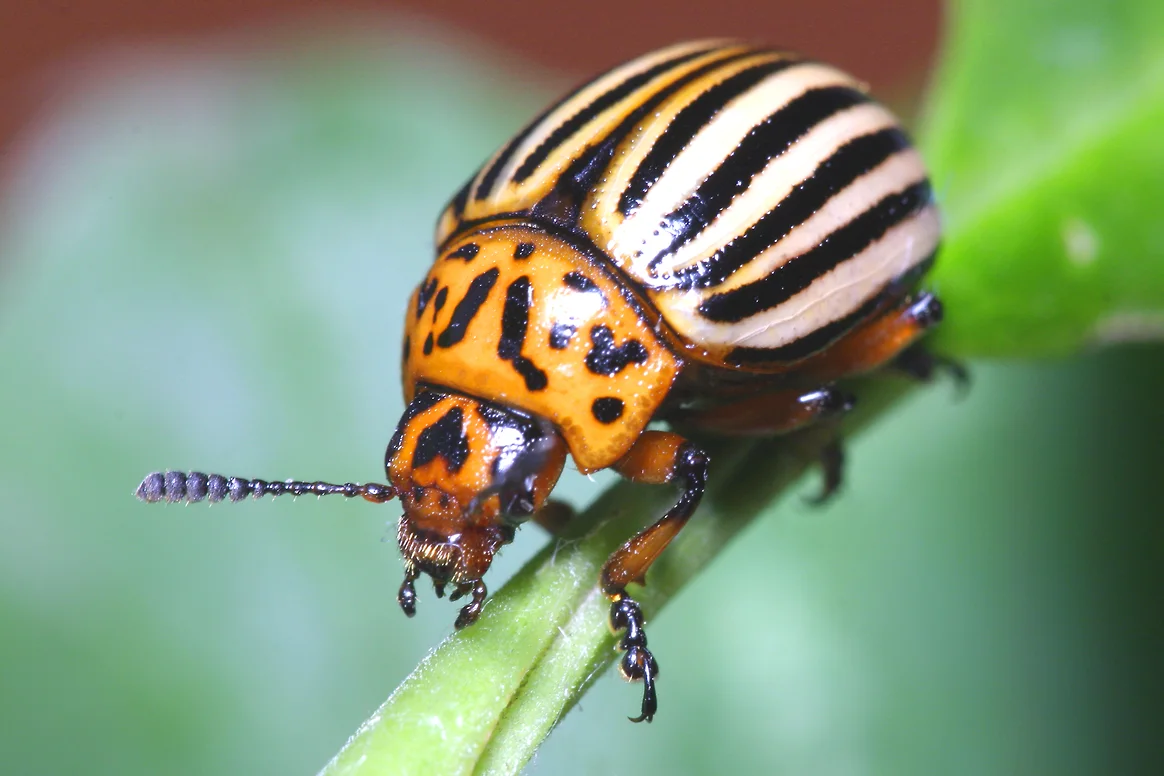
— Can we change something in our behavior, in our attitude to nature, so that insects do not disappear?
— Of course, we cannot stop exploiting ecosystems, producing food for humanity. There is no escape from this. But it is possible to change some regulations of human interaction with nature.
Why illuminate parks at night? Make dim lighting along the paths so that people do not get lost there. But do not install huge lanterns, which attract insects and even birds.
In many countries, instead of lawns, they sow meadow mixture. It is good because it is given the opportunity to bloom. They grow not a football lawn, but an artificial meadow. Literally one small patch of flowering meadow, even an artificial one, attracts both hymenoptera and butterflies. This is quite easy to do even on the scale of Moscow - just replace the mixture that is sown on the lawns.
— How often should it be mowed?
— It should be mowed only after it has finished flowering. There are developed methods for this. You can also be less careful about removing deadwood and fallen leaves in the fall. I was in Dublin about two years ago. In the parks there are specially made enclosures where sawn tree trunks and branches are stacked, they serve as breeding grounds for xylophages — insects that eat wood. And this is one of the rather significant components of insect diversity in general. If you do not remove the leaves under the trees, they will become a good source of food and a habitat for many larvae.
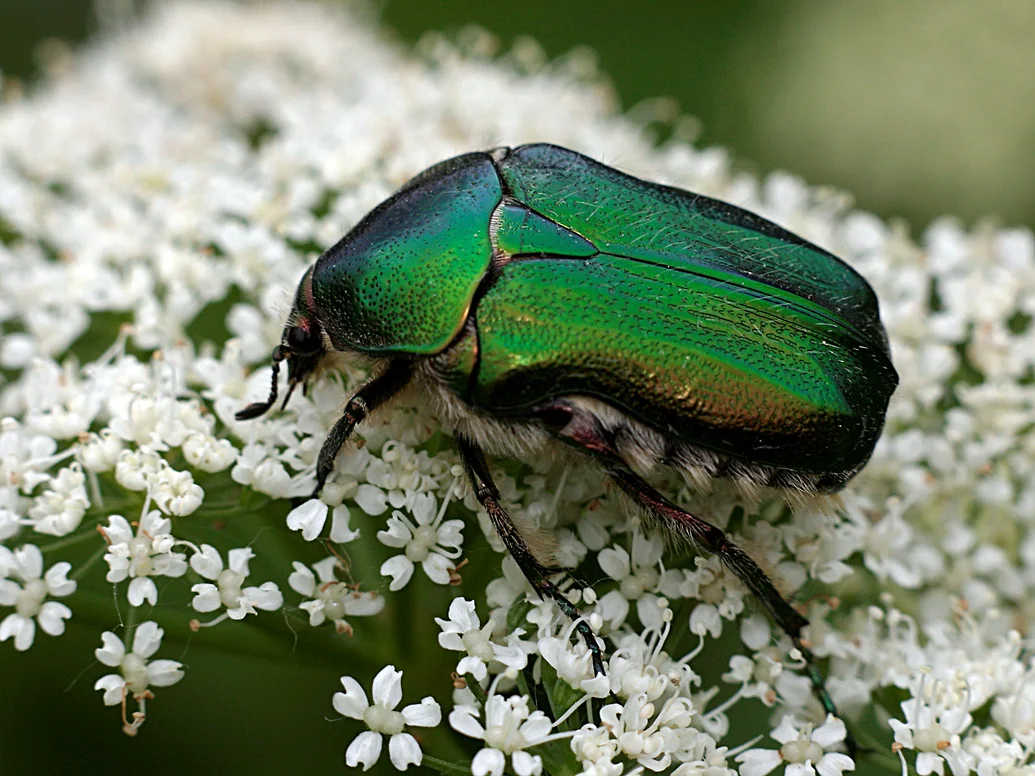
— By the way, why are fallen leaves cleaned away at all?
— Allegedly, they interfere with the growth of lawns. In addition, it is believed that leaves accumulate heavy metals, dust and dirt along the roads. But if you transport heavy metals from one place to another, you will not help the matter much.
There was such a great entomologist and specialist in insect conservation, German Gornostayev, he wrote the book "Insects of the USSR", several insect identification guides and was generally the last of the encyclopedic entomologists in our country. He said that insects should be preserved in populations or their habitats should be preserved. The exception is bumblebees. These are the rarest representatives of insects, which make sense to protect individually. They cannot be caught, especially in the spring, because the fertilized female overwinters. And if you catch her in the spring, you kill all her offspring.
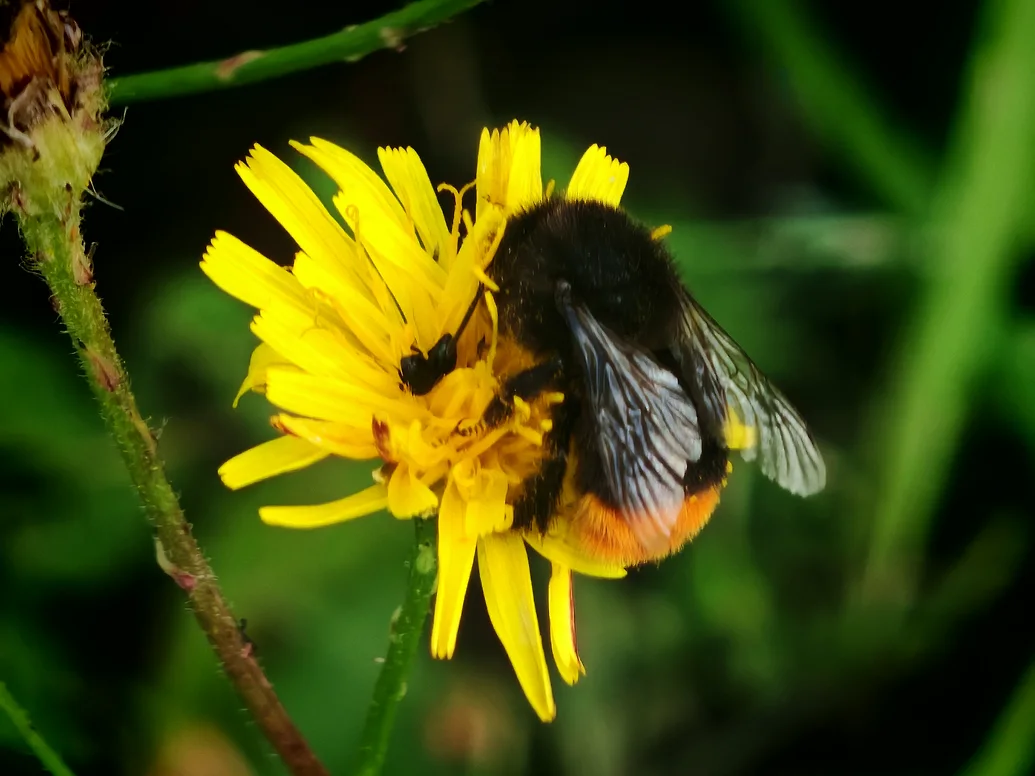
— What can we do to help with ecosystem preservation?
— If you have the opportunity to plant flowering grass on your property, do it. If you can avoid spraying your dog with chemicals, just remove the tick after a walk. Maybe it will be better for the dog too.
Interviewed by Natalia Leskova
